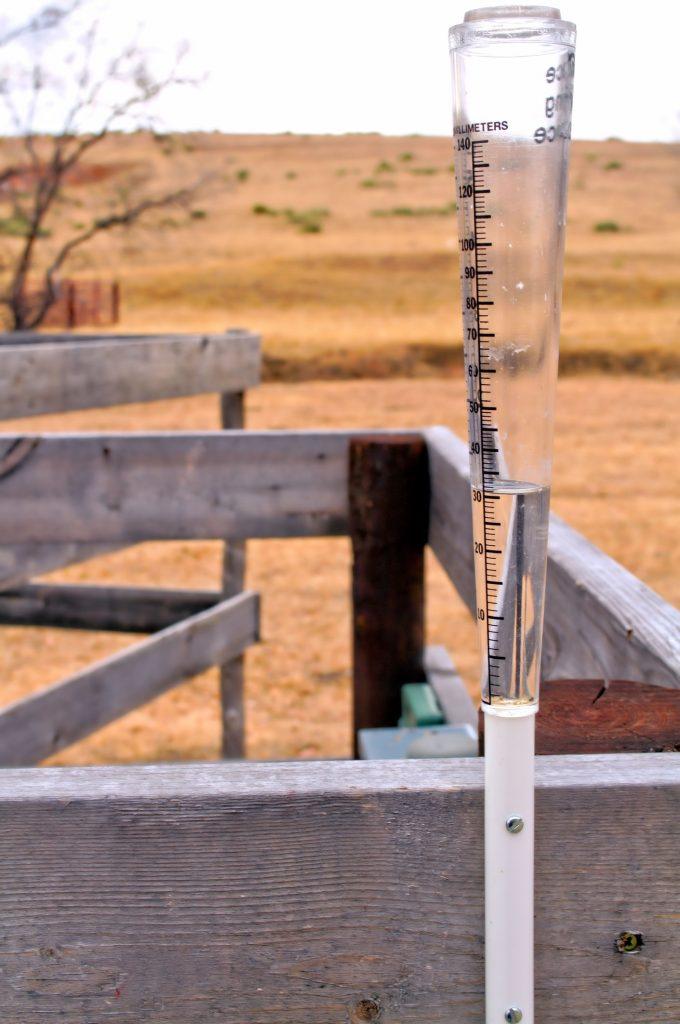Climate Resilience

Gentle-sounding in name, Tropical Cyclone Pam was certainly not to be underestimated. As is so often the case, the weather’s random acts of terror hit the most vulnerable hardest. In 2015 Vanuatu crumpled under Pam’s weight: crops were uprooted, livestock killed, and buildings flattened. She serves as yet another reminder of how fierce and unpredictable […]



